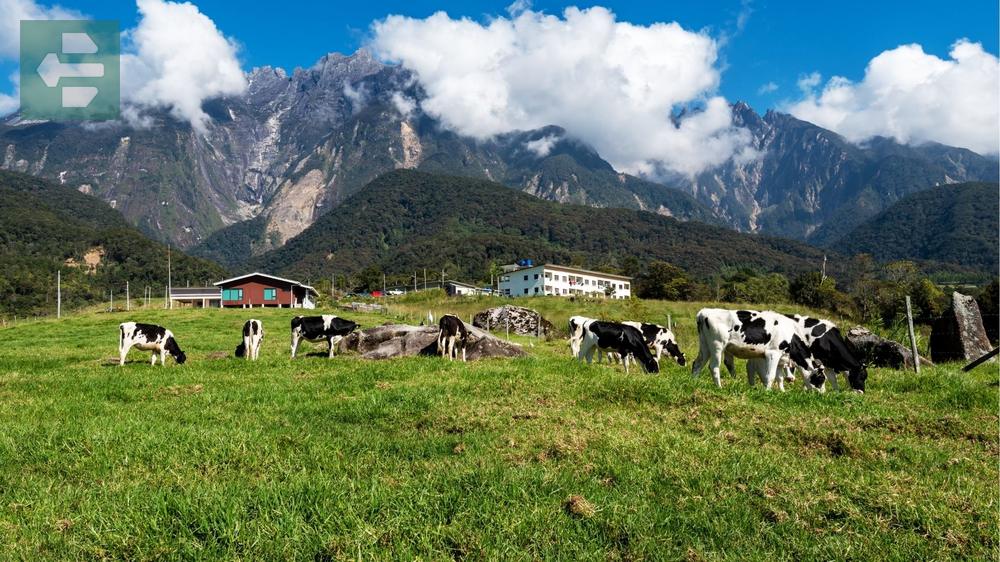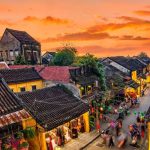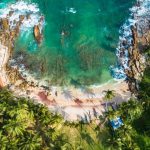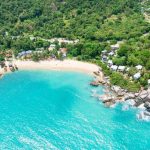Malaysia offers a stunning blend of tropical islands, bustling cities, and ancient rainforests. From the iconic skyline of Kuala Lumpur and the UNESCO heritage streets of Penang to the pristine beaches of Langkawi and the wild jungles of Borneo, this Southeast Asian gem delivers unforgettable experiences at every turn.
Keep reading as we explore the best places to go in Malaysia that will transform your journey into an extraordinary adventure you'll treasure forever.
List of Contents
- 1. Kuala Lumpur: Where Tradition Meets Tomorrow
- 2. Penang: The Food Capital's Hidden Stories
- 3. Langkawi: Duty-Free Paradise Above the Clouds
- 4. Malacca: Where Empires Left Their Mark
- 5. Borneo: The Last Frontier
- 6. Perhentian Islands: Untouched Paradise
- 7. Cameron Highlands: Cool Mountain Escape
- 8. Tioman Island: Diving into Living Coral
- 9. Redang Island: Marine Park Sanctuary
- 10. Kota Kinabalu: Gateway to Adventure
- 11. Genting Highlands: Cool Mountain Retreat
- 12. Taman Negara: 130 Million Years Unchanged
- Your Malaysian Adventure Awaits
1. Kuala Lumpur: Where Tradition Meets Tomorrow
The Petronas Twin Towers pierce the sky at 452 meters, connected by a skybridge that sways gently in the wind. Below them, the city pulses with energy—street vendors serve curry laksa while business executives rush between glass towers.
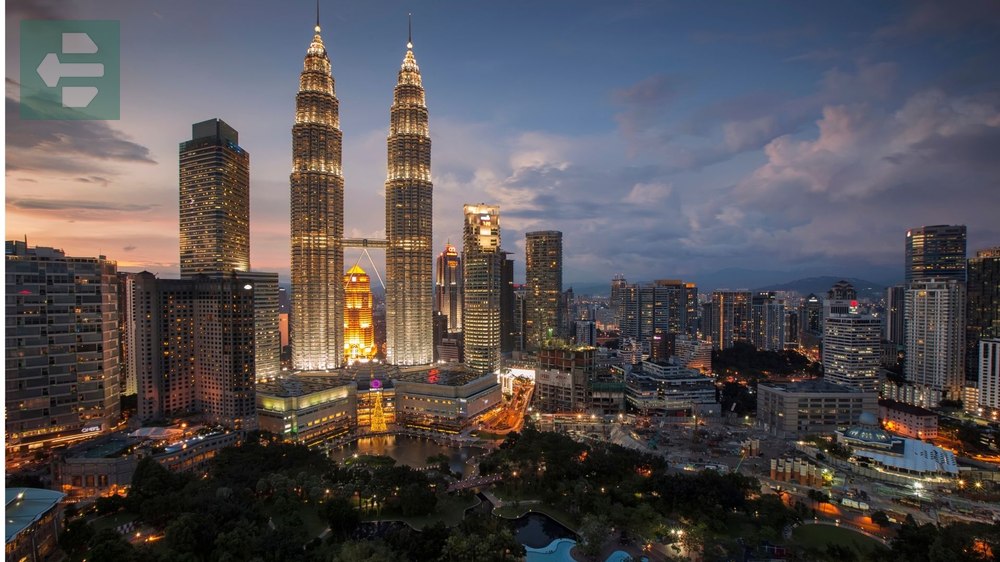
At 6 AM, locals gather at Batu Caves for morning prayers. The 272 steps leading to the limestone chambers become a pilgrimage of colors during Thaipusam festival. Skip the crowded tourist spots and explore Jalan Alor after midnight, when the real food scene comes alive.
The city never truly sleeps. Night markets bloom as office lights fade, creating a rhythm that captures Malaysia's soul in concrete and steel.
Quick Facts:
- Peak Season: December-February, June-August
- How to Get There: Kuala Lumpur International Airport (KLIA), direct flights from major cities
- Entry Fees: Petronas Towers from $25, Batu Caves free
- Suggested Stay: 3-4 days
- Must-Visit: KLCC, Batu Caves, Central Market, Jalan Alor, Merdeka Square
2. Penang: The Food Capital's Hidden Stories
George Town's shophouses lean against each other like old friends sharing secrets. Each wall tells a story—British colonial facades housing Chinese clan houses, Indian spice shops next to Malay coffee stalls.
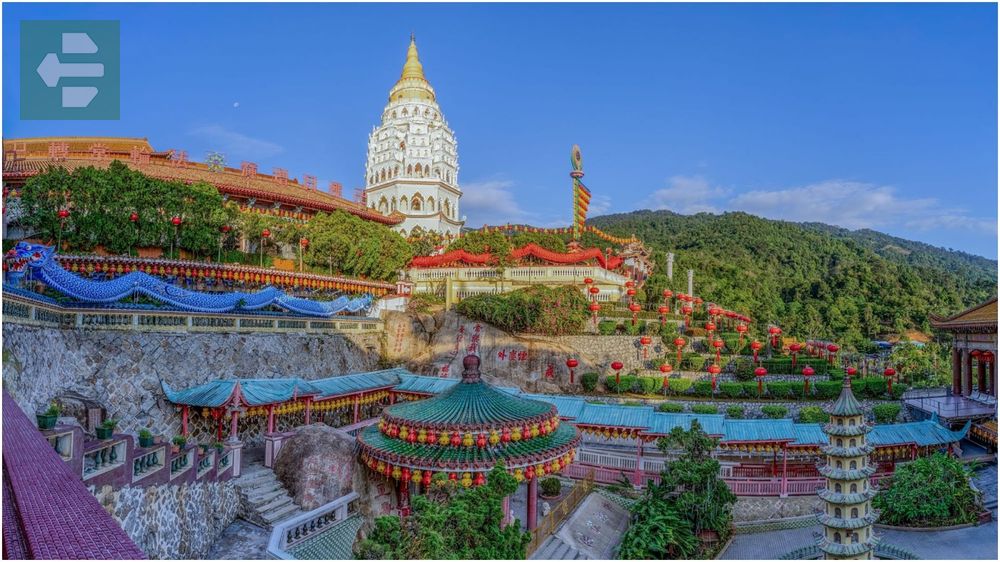
I discovered the best char kway teow not in the famous food courts, but from a 70-year-old uncle who sets up his wok at Lebuh Presgrave every evening at 5 PM. He uses only duck eggs and never accepts advance orders.
The morning light filtering through the Kek Lok Si Temple creates patterns that have remained unchanged for over a century. This is Penang's magic—where every meal and every street corner holds stories worth discovering.
Quick Facts:
- Peak Season: December-March
- How to Get There: Penang International Airport, ferry from Butterworth
- Entry Fees: Penang Hill Railway from $8, most temples free
- Suggested Stay: 3-4 days
- Must-Visit: George Town, Kek Lok Si Temple, Penang Hill, Gurney Drive, Tropical Spice Garden
3. Langkawi: Duty-Free Paradise Above the Clouds
Ninety-nine limestone islands rise from the Andaman Sea like sleeping giants. Langkawi's cable car climbs 708 meters to reveal Malaysia spread below—jungle canopy broken only by rice paddies and fishing villages.
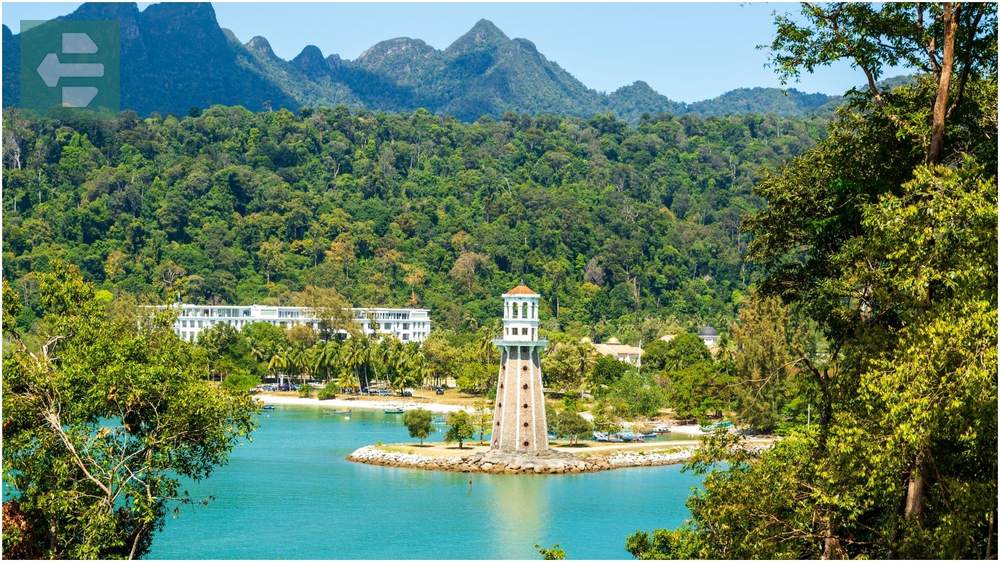
The Underwater World houses 4,000 marine species in a 15-meter tunnel that curves beneath your feet. But the real treasure lies in duty-free shopping and pristine beaches where eagles circle overhead at Pantai Cenang.
Local fishermen still cast nets at dawn from traditional boats. Their catch becomes lunch at beachside warungs where tourists and locals share tables under coconut palms.
Quick Facts:
- Peak Season: November-April
- How to Get There: Langkawi International Airport, ferry from Kuala Kedah/Penang
- Entry Fees: Cable car from $12, Underwater World from $15
- Suggested Stay: 4-5 days
- Must-Visit: Cable Car, Underwater World, Pantai Cenang, Eagle Square, Kilim Karst Geoforest Park
4. Malacca: Where Empires Left Their Mark
Four colonial powers shaped this port city over 500 years. Portuguese forts, Dutch churches, British administrative buildings, and Peranakan shophouses create an architectural timeline you can walk in thirty minutes.
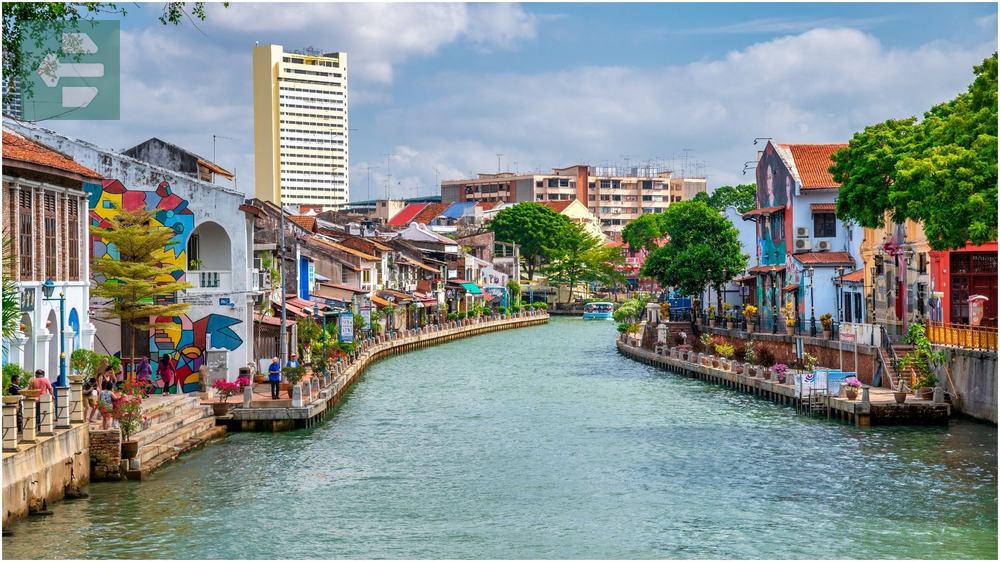
The Stadthuys stands red and weathered, housing artifacts from when Malacca controlled the spice trade. Jonker Street transforms every Friday night into a carnival of antiques, local crafts, and street food that draws visitors until well past midnight.
I always visit Christ Church at golden hour, when the afternoon light illuminates the handmade pews and ancient tombstones. History feels touchable here, not distant or academic.
Quick Facts:
- Peak Season: March-September
- How to Get There: 2-hour drive from Kuala Lumpur, bus connections available
- Entry Fees: Most historical sites from $3, Stadthuys Museum from $2
- Suggested Stay: 2-3 days
- Must-Visit: A Famosa, Christ Church, Stadthuys, Jonker Street, Baba Nyonya Heritage Museum
5. Borneo: The Last Frontier
Malaysian Borneo spans Sabah and Sarawak—130 million years of evolution preserved in primary rainforest. Orangutans swing through canopies while proboscis monkeys gather at riverside at sunset.
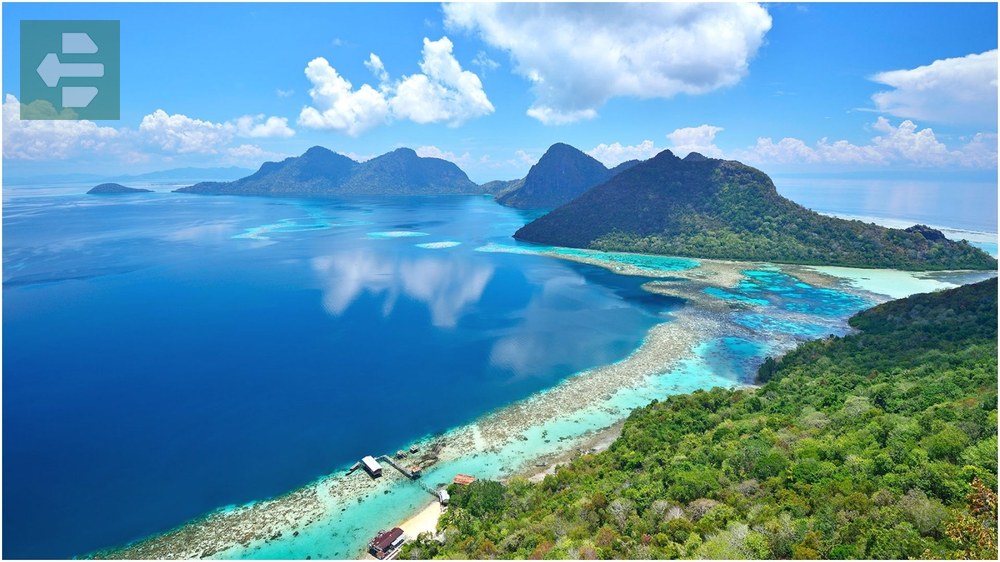
The Kinabatangan River reveals wildlife that exists nowhere else. Dawn boat trips often spot pygmy elephants drinking at water's edge while hornbills call from fig trees above.
Mount Kinabalu rises 4,095 meters above sea level, requiring two days and serious preparation to summit. The reward—sunrise above the clouds—makes every difficult step worthwhile.
Quick Facts:
- Peak Season: March-October
- How to Get There: Kota Kinabalu Airport for Sabah, Kuching Airport for Sarawak
- Entry Fees: National parks from $3, Mount Kinabalu permit $15
- Suggested Stay: 5-7 days minimum
- Must-Visit: Sepilok Orangutan Centre, Kinabatangan River, Mount Kinabalu, Gunung Mulu National Park
6. Perhentian Islands: Untouched Paradise
Two islands—Perhentian Besar and Perhentian Kecil—float in crystal-clear waters where sea turtles nest and coral reefs bloom in technicolor. No cars, no luxury resorts, just jungle trails and beaches that stretch unbroken for kilometers.
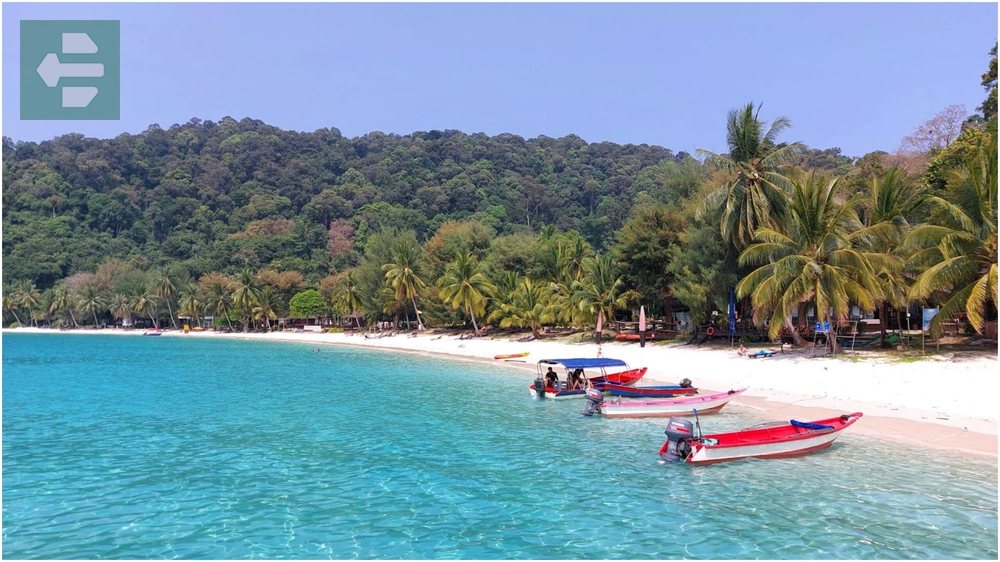
Snorkeling here requires no boat trips or guides. Wade into the water from any beach and find yourself swimming alongside reef sharks and schools of barracuda. The coral gardens start just meters from shore.
Locals still fish using traditional methods passed down through generations. Their boats return each evening loaded with the day's catch, which becomes dinner at beachside restaurants lit by kerosene lamps.
Quick Facts:
- Peak Season: March-October
- How to Get There: Flight to Kota Bharu, then bus to Kuala Besut, ferry to islands
- Entry Fees: Marine park conservation fee $5
- Suggested Stay: 4-5 days
- Must-Visit: Long Beach, Coral Bay, Turtle Beach, snorkeling sites, jungle trails
7. Cameron Highlands: Cool Mountain Escape
Tea plantations carpet rolling hills at 1,500 meters elevation where temperatures rarely exceed 25°C. The BOH Tea Centre offers tastings with views across emerald terraces that stretch to the horizon.

Strawberry farms invite visitors to pick their own fruit from April to June, when the highland climate creates perfect growing conditions. Local farmers have perfected techniques that produce berries twice the size of lowland varieties.
Morning mists blanket the Mossy Forest, creating an otherworldly landscape where ancient trees grow twisted and gnarled. The silence here feels complete—no traffic, no crowds, just mountain air and bird calls.
Quick Facts:
- Peak Season: April-June for strawberries, year-round for cool weather
- How to Get There: 3-hour drive from Kuala Lumpur via Tapah
- Entry Fees: BOH Tea Centre free, Mossy Forest from $5
- Suggested Stay: 2-3 days
- Must-Visit: BOH Tea Plantation, Strawberry Farms, Mossy Forest, Brinchang Market, Time Tunnel Museum
8. Tioman Island: Diving into Living Coral
Tioman's coral reefs survived the 2004 tsunami and now bloom with marine life that draws divers from around the world. The island's waters shelter over 200 fish species in visibility that often exceeds 30 meters.

Juara Beach faces the South China Sea with waves perfect for surfing beginners. Local instructors teach the basics on boards carved from sustainable materials by island craftsmen.
Traditional villages dot the coastline where fishing families have lived for generations. Evening walks reveal turtle tracks leading from jungle to sea—a reminder that some rhythms remain unchanged despite tourism.
Quick Facts:
- Peak Season: March-October
- How to Get There: Ferry from Mersing (2 hours) or Tanjung Gemok
- Entry Fees: Marine park fee $5, dive sites from $25
- Suggested Stay: 4-5 days
- Must-Visit: Salang Beach, Juara Beach, Coral Island, Asah Waterfall, Monkey Bay
9. Redang Island: Marine Park Sanctuary
Redang Marine Park protects 16,500 hectares of coral reefs where sea turtles return to nest each year. The waters here glow electric blue, earning recognition as some of Southeast Asia's clearest seas.

At Pasir Panjang, you can snorkel directly from the beach to encounter parrotfish, angelfish, and occasional blacktip reef sharks. The coral formations create underwater gardens that rival any aquarium.
Night walks during turtle season reveal gentle giants hauling themselves onto sandy shores to nest. Watching them return to the sea at dawn connects you to migration patterns older than human memory.
Quick Facts:
- Peak Season: March-October
- How to Get There: Flight to Kuala Terengganu, ferry from Shahbandar Jetty
- Entry Fees: Marine park conservation fee $5
- Suggested Stay: 3-4 days
- Must-Visit: Pasir Panjang Beach, Marine Park Centre, Long Beach, turtle nesting sites
10. Kota Kinabalu: Gateway to Adventure
Sabah's capital balances urban energy with easy access to national parks and islands. The Filipino Market comes alive at sunset when vendors sell fresh seafood that gets grilled immediately at adjacent stalls.

Islands scattered across the South China Sea lie just minutes by speedboat from downtown. Sapi and Manukan islands offer coral reefs perfect for snorkeling between lunch and afternoon naps on white sand beaches.
Mount Kinabalu looms on clear days, reminding visitors that Southeast Asia's highest peak stands just two hours away. The city serves as base camp for adventures that range from gentle island hopping to serious mountaineering.
Quick Facts:
- Peak Season: May-September
- How to Get There: Kota Kinabalu International Airport, direct connections across Asia
- Entry Fees: Island hopping from $15, national park fees vary
- Suggested Stay: 3-4 days
- Must-Visit: Filipino Market, Tunku Abdul Rahman Marine Park, Signal Hill Observatory, Mari Mari Cultural Village
11. Genting Highlands: Cool Mountain Retreat
Malaysia's only legal casino sits at 1,760 meters elevation where temperatures drop 10 degrees below Kuala Lumpur. The cable car journey reveals primary rainforest gradually giving way to cloud forest as you climb.

Theme parks cater to families while premium outlets offer duty-free shopping in air-conditioned comfort. The contrast feels surreal—tropical jungle visible through floor-to-ceiling windows while you shop for winter coats.
Evening temperatures require light jackets, a rarity in equatorial Malaysia. This microclimate supports different flora and fauna, making short walks feel like journeys to another climate zone.
Quick Facts:
- Peak Season: Year-round, busiest during school holidays
- How to Get There: 1-hour drive from Kuala Lumpur, cable car from Gohtong Jaya
- Entry Fees: Cable car from $8, theme park passes from $25
- Suggested Stay: 2-3 days
- Must-Visit: SkyAvenue Mall, Genting SkyWorlds Theme Park, Chin Swee Caves Temple, Premium Outlets
12. Taman Negara: 130 Million Years Unchanged
The world's oldest tropical rainforest covers 4,343 square kilometers of primary jungle where tigers, elephants, and rhinoceros still roam wild. Canopy walkways suspend visitors 40 meters above ground level among trees that predate the dinosaurs.

Night jungle sounds tell stories of ancient ecosystems. Calls and rustles hint at wildlife that emerges only after dark—sun bears, leopards, and over 350 bird species that make this forest their permanent home.
River trips penetrate deeper into wilderness where Orang Asli communities maintain traditional lifestyles. Their knowledge of medicinal plants and forest navigation represents wisdom accumulated over thousands of years in these green depths.
Quick Facts:
- Peak Season: March-September (dry season)
- How to Get There: 3-hour drive from Kuala Lumpur to Kuala Tahan
- Entry Fees: Park entry $1, canopy walk $1, activities vary
- Suggested Stay: 3-4 days minimum
- Must-Visit: Canopy Walk, Gunung Tahan, Lata Berkoh Rapids, Orang Asli villages, night jungle walks
Your Malaysian Adventure Awaits
Malaysia's diversity creates endless possibilities for discovery. Each destination offers unique experiences—from Kuala Lumpur's urban energy to Taman Negara's ancient wilderness.
The best places to go in Malaysia reward curious travelers with authentic encounters. Street food vendors share family recipes. Local guides reveal hidden waterfalls. Sunrise moments create memories that last lifetimes.
Pack light and arrive with an open mind. Malaysia's magic lies not in checking off attractions, but in unexpected conversations, spontaneous detours, and those perfect moments when everything aligns just right.
Your adventure starts the moment you step off the plane.
